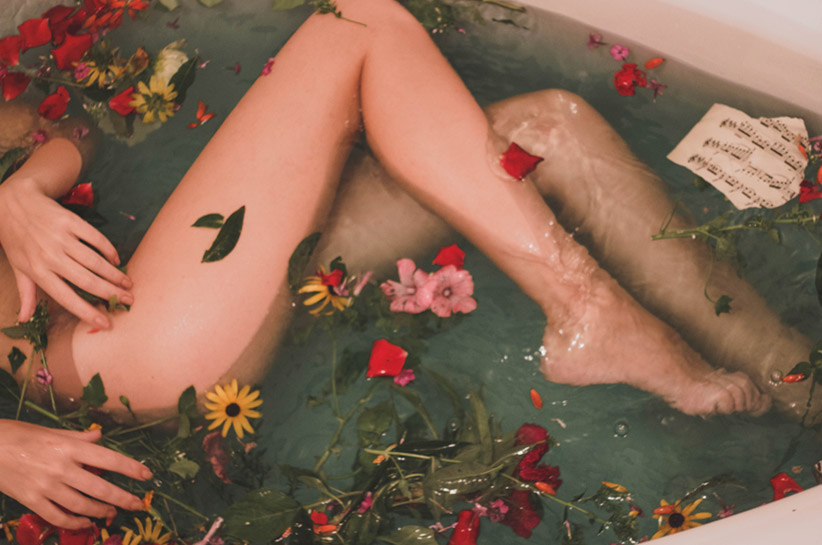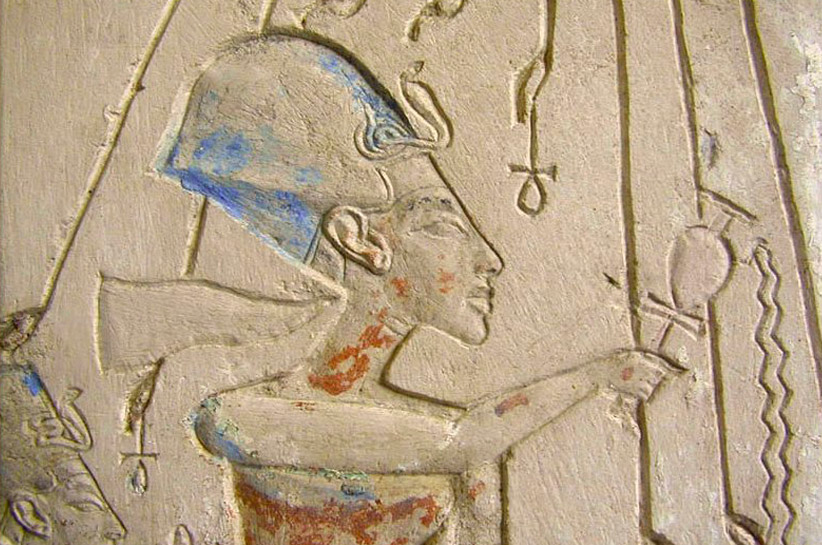
FROM WINGED CAT EYES TO AHA’S: ANCIENT EGYPTIAN BEAUTY IS STILL RELEVANT TODAY
Have you ever stopped to wonder where some of today’s beauty trends originated? Incredibly, many are thousands of years old, dating back to classic boss babes such as Nefertiti and Cleopatra. And they still work. Find out more about tried and true beauty tips from the ancient Egyptians.
Ancient Egyptians are known for their strong fascination for – and relentless pursuit of – beauty. Both men and women in Ancient Egypt indulged in elaborate makeup, skincare, and other beauty rituals.
How Ancient Egyptian Beauty Secrets Still Hold True Today
These were important not just for aesthetic purposes, but also in terms of spirituality and religion. In truth, the Egyptian people of antiquity were adept in many things, including agriculture, science, math, and architecture, but some of the most fascinating and enduring of these specialties lie in their beauty secrets.
Skincare
For starters, ancient men and women used body oils to provide protection and moisture for their skin in the dry and hot climate of Egypt. Marie Claire elaborates that castor and sesame oil, both still very much common in today’s beauty products, were popular beauty items for fighting wrinkles and preserving youth among the Ancient Egyptian elite. Similarly, honey was a popular ingredient then, as it is now, due to its sweet-smelling and hydrating properties.
As for cleansing, some of Ancient Egypt’s most famous beautiful rulers were known to indulge in milk and sea salt baths to exfoliate and rejuvenate skin. Today, products featuring Dead Sea salts continue to be popular, while baths with alpha hydroxy acids are often used as a milk-like ingredient.
DID YOU KNOW?
Cleopatra took milk baths to keep her skin soft and healthy. But it was the Alpha Hydroxy Acids in the milk that kept her
skin youthful.
Hair and make-up
When it comes to hair and make-up, one of the most famous contributions of Ancient Egyptian culture is the smoky cat. Ancient Egyptian men and women used processed kohl to not only achieve this stunning look, but also to protect their eyes from the sun and boost immunity.
In addition to the iconic eyeliner look, the people of Ancient Egypt were also known to use henna as a hair dye, moisturising product, and sunscreen. The substance is widely known as the oldest documented cosmetic, counting Egyptian royalty like Cleopatra and Nefertiti as just some of its most famous enthusiasts.
As for hairstyles, Ancient Egyptians believed that the more elaborate the hairstyle is, the better. Their elite were known to style fabulously long hair into curls, plaits, and braids, adorning them with jewellery and flowers.

Marketing and media
Of course, much of ancient Egypt’s beauty values and practices have managed to survive the ages and travel from its tombs and inscriptions to everyday beauty regimens through media. The birth of mass media, which coincided with the discovery of Tutankhamen’s tomb in the roaring ‘20s, played a unique role in bringing Ancient Egypt into modern times.
Egyptomania, as the ensuing fascination is called, is manifested on millions of fashion runways, magazines, and ads, selling everything under the sun. These pop culture mediums leveraged the exotic and unique beauty of Egyptians, while further promoting their beauty secrets alongside a whole assortment of mass-produced products.
A 1989 advertisement for Franklin Heirloom Dolls’ Nefertiti creation even read, “The most beautiful woman who ever lived. The most beautiful doll ever created.” The magazine advertisement featured the now-ubiquitous image of Nefertiti’s bust, while also promoting Ancient Egyptian beauty.
Cleopatra, another Egyptian ruler tied to beauty, also graced countless movies and television shows, video games, posters, and billboards. Brands like Panasonic and QuickSales have both recently used imagery associated with the Queen of the Nile to market batteries and cars, respectively.
Slingo’s slot title Cleopatra Plus also tapped into the famous pharaoh’s iconic status by incorporating not just common Egyptian cultural symbols, but also the image of Cleopatra herself, complete with head jewellery and kohl eyeliner.
These serve to demonstrate society’s continued fascination and appreciation of Ancient Egyptian beauty, with new technology bringing forth even newer ways to interact with cultural icons and beauty ideals. Modern society owes a lot to Ancient Egypt’s fascinatingly elaborate beauty secrets.
What are your favourite Egyptian beauty trends?
Let us know in the comments below!

SIGN UP FOR THE NEWSLETTER
I promise to never send you dirty pics (or spam!)
Just great recipes, skincare reviews & interesting reads.

